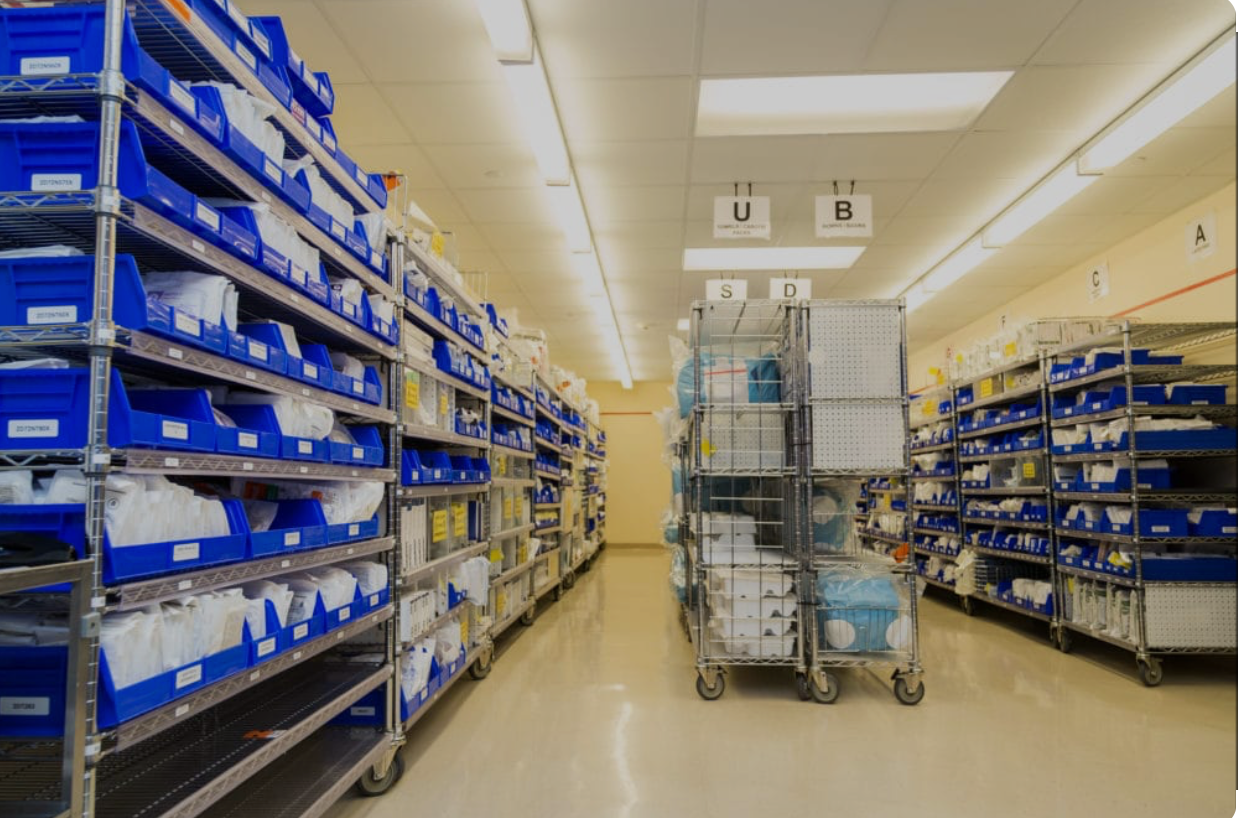Mastering HSPA's Certified Registered Central Service Exam
Are you ready to embark on a rewarding career as a Central Service professional? The HSPA Certified Registered Central Service Exam is a crucial stepping stone towards achieving your goals. In this blog post, we will dive into the important topics covered on this examination, providing you with a roadmap to success.
1. Infection Prevention and Control: In a sterile processing environment, patient safety is paramount. This section of the exam evaluates your knowledge of infection prevention and control practices, including sterilization methods, disinfection procedures, and proper handling of contaminated instruments.
2. Anatomy and Physiology: A clear understanding of human anatomy and physiology is vital for Central Service technicians. Expect to be tested on basic concepts of anatomy, such as organ systems, tissues, and major body structures. Additionally, knowledge of the functions and interactions between different body systems is key for ensuring proper handling and cleaning of equipment.
3. Medical Terminology: Sterile Processing professionals work closely with a wide array of medical equipment and procedures. This section assesses your comprehension of medical terminology, including common prefixes, suffixes, and root words related to surgical instruments, devices, and procedures.
4. Equipment and Instrumentation: The exam delves into the technical aspects of sterile processing, evaluating your knowledge of different types of surgical instruments, their proper use, and care. Focus areas may include instrument functionality testing, assembly, disassembly, and troubleshooting.
5. Sterilization Methods: Sterile Processing professionals play a pivotal role in ensuring the sterilization of medical equipment. This section covers various sterilization methods, such as steam, ethylene oxide, hydrogen peroxide plasma, and low-temperature sterilization. Expect questions on factors influencing sterilization effectiveness, cycle parameters, and monitoring techniques.
6. Safety and Emergency Preparedness: Maintaining a safe work environment is crucial within the Central Service department. This segment of the exam will test your knowledge of safety protocols, emergency response procedures, and the proper use of personal protective equipment (PPE).
7. Regulations and Standards: Understanding the regulatory framework that governs Central Service operations is essential for being an effective practitioner. Topics covered may include regulatory agencies (e.g., FDA, CDC), accreditation standards (e.g., AAMI, Joint Commission), and legal considerations in sterile processing.
Conclusion:
Becoming a Certified Registered Central Service professional is a testament to your expertise in providing safe and efficient patient care. By thoroughly understanding the topics covered on the HSPA exam, you can confidently approach your preparation and increase your chances of acing the test.
Remember to utilize study materials specifically designed for this exam, such as textbooks, practice tests, and online resources. Additionally, consider enrolling in exam prep courses to supplement your knowledge and improve your test-taking skills.
Learn more about our 3 month Sterile Processing course! - Now accepting new students
Good luck on your journey towards becoming an HSPA Certified Registered Central Service technician. With diligent preparation and a comprehensive understanding of the exam topics, success is within your reach!


